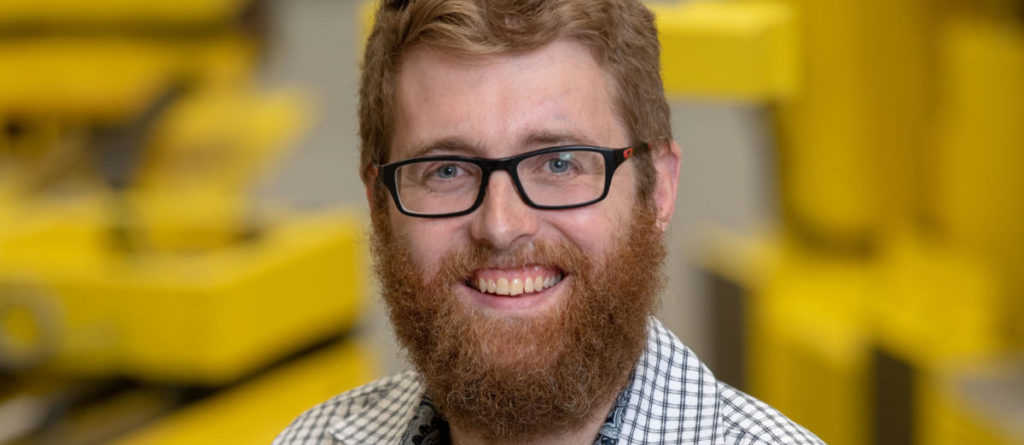Jeremy Ash of AB Dynamics reflects on some of the challenges of testing the next generation of autonomous vehicles.
The automotive testing industry has been built around the simple premise of controlling the vehicle through a steering wheel and pedals. This access to the vehicle’s control is essential for testing and often taken for granted, but significant change is on the horizon that is set to change all of that.
Currently, validation of characteristics such as durability, ride, NVH and dynamics typically relies on the use of experienced test drivers or, in many cases, driving robots. Using a robot ensures that each test perfectly matches the required criteria for the test, greatly improving repeatability when compared with even the most highly skilled test drivers. This massively improves testing efficiency and data quality. In the case of extreme dynamic maneuvers, it permits unmanned testing which removes the human driver from any risk of personal injury. This is why driving robots have become firmly established over the past 30 years as the standard industry approach for many types of test.
But a purpose-built autonomous vehicle (AV), as opposed to a converted conventional one, may have no physical controls; no steering wheel, no pedals. With no facility for onboard driving, neither a human nor a driving robot can be used to provide the accurate repeatable inputs needed for many types of testing. So how do you test an AV which has no physical controls?
The vehicle’s artificial intelligence is designed to get from A-to-B in the safest, most comfortable way, not to follow specific paths or apply specific lateral or longitudinal control inputs. So it isn’t as simple as ‘asking’ the car to conduct the test. A drive-by-wire system that uses the same software as a driving robot and offers comparable path-following ability would be one solution. Instead of using motors and actuators, it sends commands electronically directly to the vehicle’s own control system. This would enable AV developers to precisely create and repeat tests, despite the lack of any manual controls.
Currently, whenever vehicle tests are conducted without a human on board there are failsafe systems in place. In conventional vehicles we use a secondary electro-mechanical actuator to control the brake pedal. However, with no manual controls, an integrated safety concept would need to be developed. In this case, the vehicle’s own backup braking capability would be combined with watchdog signals from our controller.
Controlling a vehicle by-wire raises its own set of challenges. How do you grant access to the vehicle’s controls only to those with permission?
AV developers go to considerable lengths to prevent unauthorized connection to and control of the vehicle, so we have had to work closely with them to agree a method of controlling their vehicles without introducing an unacceptable security risk. In the early days of by-wire control, manufacturers did provide access to the propriety information needed to communicate with vehicles, but soon realised that such information had to remain internal.
Our solution was to develop a standard data package format that could be passed to each customer, who then made their own converter boxes. In this way, nobody outside the vehicle manufacturer needed access to their propriety information. This is particularly important when third parties are required to test the vehicles, such as for safety and regulatory assessments.
Though cars without manual controls are unlikely to become commonplace on the roads any time soon, development prototypes are increasingly emerging with this feature. While most media attention centers on the cultural, ethical and safety questions surrounding the guidance and control of AVs, they are ultimately just another vehicle type. They still require testing for their conventional vehicle attributes such as ride comfort, dynamic stability, durability and regulatory compliance. The lack of manual controls means the industry will have to evolve its 30-year, well-established approach in order to test these next generation vehicles.
Jeremy Ash is sales director at AB Dynamics, having progressed through the ranks after joining as project engineer in 2000. He has two decades of experience in vehicle testing, product management and R&D.


